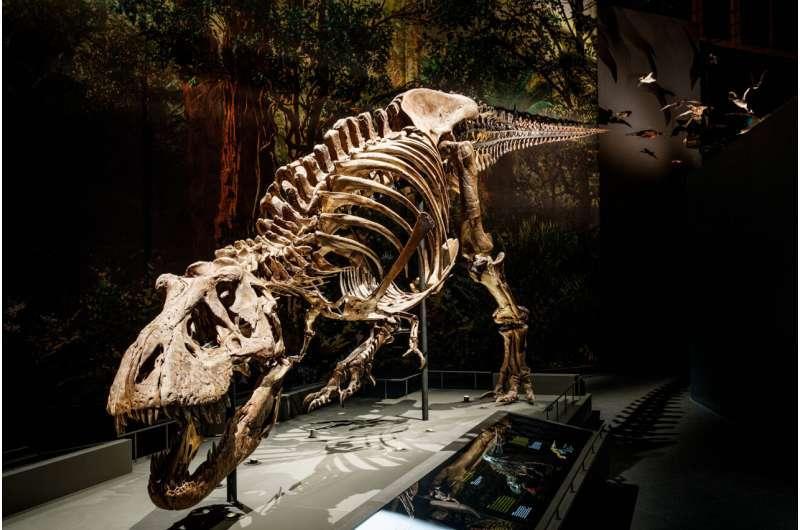
Study of Fossil Teeth Shows Earth Was Hotter in Dinosaur Age
The study of fossil teeth has long been a crucial aspect of paleontology, providing valuable insights into the diets, habitats, and evolution of ancient creatures. However, researchers from the University of California, Berkeley, have taken this approach a step further by analyzing oxygen isotopes found in fossilized dinosaur teeth to reconstruct Earth’s climate from 150 million years ago. The findings, published in a recent study, suggest that the atmosphere during the Late Jurassic period was significantly hotter than previously thought, with CO₂ levels roughly four times higher than preindustrial levels.
The researchers, led by Dr. Julia Noone, a paleontologist at the University of California, Berkeley, collected and analyzed over 100 fossilized teeth from various species of dinosaurs, including the long-necked sauropods and the fierce carnivorous theropods. By examining the oxygen isotopes present in the teeth, the team was able to reconstruct the climate of the Late Jurassic period, a time when dinosaurs dominated the Earth’s landscapes.
The study focused on the oxygen isotopes found in the enamel of the fossilized teeth, which provided a unique window into the past. The enamel, made of a hard, non-living material, preserves the chemical signature of the tooth’s environment, including the temperature and chemistry of the surrounding water. By analyzing the oxygen isotopes present in the enamel, the researchers were able to infer the temperature and CO₂ levels of the atmosphere during the Late Jurassic period.
The results were astonishing. The oxygen signatures found in the fossilized teeth indicated that the atmosphere during the Late Jurassic period was significantly hotter than previously thought. The team found that CO₂ levels were roughly four times higher than preindustrial levels, which is a significant increase from the levels seen during the late 19th and early 20th centuries. This increase in CO₂ would have led to a significant warming of the planet, with average temperatures likely exceeding 20°C (36°F) above current levels.
The implications of this study are significant, providing new insights into the Earth’s climate during the time of the dinosaurs. The findings suggest that the Earth’s climate was much more sensitive to changes in CO₂ levels during the Late Jurassic period, which could have significant implications for our understanding of the Earth’s climate system.
The study also highlights the importance of fossilized teeth as climate capsules, providing a unique window into the past. The preservation of oxygen isotopes in the enamel of fossilized teeth provides a valuable tool for reconstructing the climate of ancient times, and could be used to study the climate of other periods in Earth’s history.
The study’s findings have significant implications for our understanding of the Earth’s climate system, and could provide valuable insights for climate modelers and paleontologists alike. As Dr. Noone noted in a statement, “Fossilized teeth are like tiny time capsules, providing a window into the past. By analyzing the oxygen isotopes in these fossilized teeth, we can reconstruct the climate of ancient times and better understand the Earth’s climate system.”
In conclusion, the study of fossil teeth has provided a unique window into the Earth’s climate during the time of the dinosaurs. The findings suggest that the atmosphere during the Late Jurassic period was significantly hotter than previously thought, with CO₂ levels roughly four times higher than preindustrial levels. This increase in CO₂ would have led to a significant warming of the planet, with average temperatures likely exceeding 20°C (36°F) above current levels. The study highlights the importance of fossilized teeth as climate capsules, providing a valuable tool for reconstructing the climate of ancient times.
Source:
https://phys.org/news/2025-08-dinosaur-teeth-climate-capsules-secrets.html






